Meet our CODE_n CONTEST Finalists 2016: Augmensys from Austria
Augmented Reality is one of the hottest topics these days – of course it’s also one, our CODE_n CONTEST finalists are experts in. The Austrian startup Augmensys is one of our finalists in the cluster “Connected Mobility” and provides and develops the leading Augmented Reality software for professional use in industrial environments. In our interview, CEO Helmut Guggenbichler tells more about Augmensys.
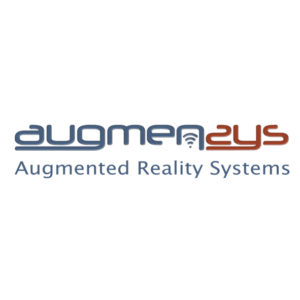 What is Augmensys all about? How did you come up with the idea?
What is Augmensys all about? How did you come up with the idea?
Helmut: Augmensys provides and develops the leading Augmented Reality software UBIK® for professional use in industrial environments. Since 2011, our company is the pioneer for efficient data management without frictional losses throughout the industry.
We, the initiators, pursued an ambitious idea with the founding of the company – the injection of Augmented Reality into industrial processes, to overcome significant usability obstacles (such as the complexity of expert systems) that are preventing today’s users to benefit from the value of existing data. The intelligent, location- and role-based software UBIK® is the core product of our company. But customers can also benefit from the domain expertise of the Augmensys team, either in consulting, when improving existing solutions, or in a straight forward implementation of a new industrial software project.
Only two years after its founding, Augmensys is already represented at four locations in Austria, Germany and Brazil, with a total of 25 employees, and counts various leading industrial companies to its customers – Augmensys is the pioneer and leader in productive Augmented Reality applications for industrial environments and enterprise scenarios.

An impression of Augmensys’ product UBIK® (© Augmensys)
“Digital Disruption“ – that’s the motto of this year’s CODE_n CONTEST. What makes your solution innovative, what makes it disruptive?
Helmut: With the Augmented Reality Software UBIK®, Augmensys provides a powerful tool for the entire industry – branch-independent and application-oriented. Many different data sources (CAD, CAE, DMS, ERP, DCM,..) are not a problem anymore, since they are seamlessly consolidated for efficient use. Through the whole life cycle of a plant (construction, commissioning, operation and maintenance, shutdown management) UBIK® offers an intuitive, mobile and channeled access to all the digital systems in the background of a plant, for inspectors, maintenance workers, engineers and operators. The possibility to work mobile with the entire data asset of a company, edit information right on site and send back photos and voice memos that automatically end up in the right systems, creates a highly effective work environment for anyone who has work to do in the plant. But UBIK® doesn‘t only identify what the user sees, it also helps people in the field finding what they are looking for. Using Augmented Reality Tags and its unique navigation functionality, UBIK® directs external staff and subcontractors through the plant on efficient and safe routes.
You’re one of the 13 finalists in the Connected Mobility contest cluster. Which challenges do you think young companies have to face in this sector? How do you handle these challenges?
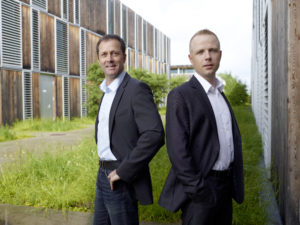
Helmut Guggenbichler (left) and Jürgen Kneidinger, founders of Augmensys (Photo: Johannes Puch)
Helmut: The industrial area is still a conservative area. So the challenges for us as a young and innovative software company is to face the fears of our customers, like mobility as a new technology in a conservative industry, data security, partially old IT systems which make it difficult to bring data mobile etc. Before our team can start with a demonstration how easy a company can work with their connected data and the usage of them on a mobile device, we have to help them to answer all these questions. The even more important point to win mobile projects is to solve the clients’ most important problems in their daily work with reasonable use cases even if they are small. Once the first hurdles are cleared and the first use case works fine, a roll out or expansion of mobile usage is easy as long as the product is capable for.
There seem to be endless scenarios in which Augmented Reality could play a role in the future. In which industries and situations do you see the most potential?
Helmut: Augmented Reality makes it possible to identify objects in a complex system via optical recognition or via geographical information. Therefor objects could be identified without any markers, ID’s and for the user without having to know at which object he or she is. This enables access for nearly everybody to the relevant mobile data even if it is external/outsourced personnel.
It is possible to deliver all available data in real time, directly superimposed into the live camera feed, composing an augmented view. Virtual data, which is already existing in various software systems, is used to enrich and augment what the user encounters in the field. The usage is so intuitive, that hardly any familiarization period and only minimal training effort has to be considered in cost calculations. Like so many times in life, this is also true in a modern industrial plant, because what you can see onsite is typically just a small fraction of what is actually happening in the plant. Augmented Reality is a technology, which shows the normally hidden data right where it belongs, in the real environment. The natural behavior of the man in the field, like his walking and looking around, is all used as input to the system and leveraged to find and display the information that is relevant to the user, automatically. In any kind of industrial site (process or discrete) additional AR info can be used to optimize data usage, present safety and operational relevant information and to safe time.


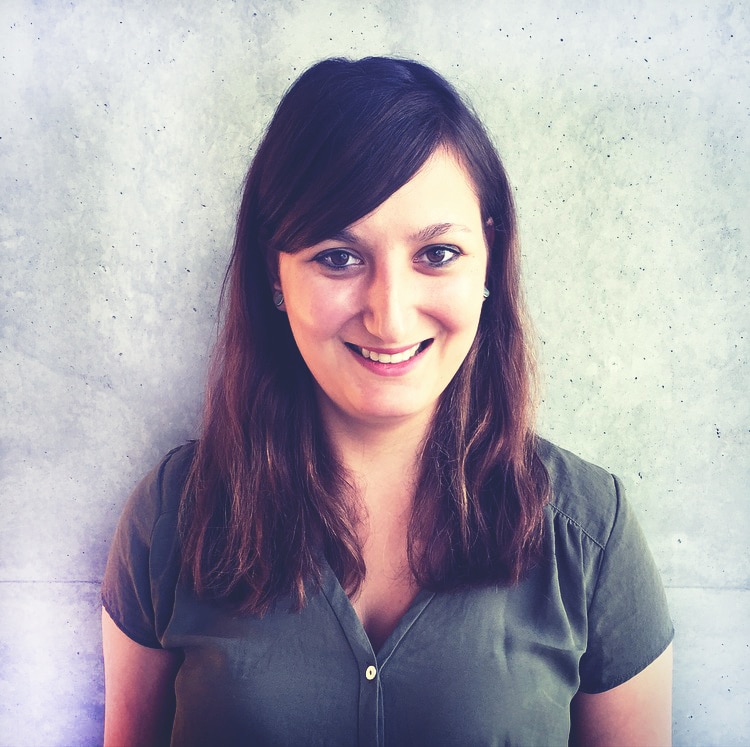
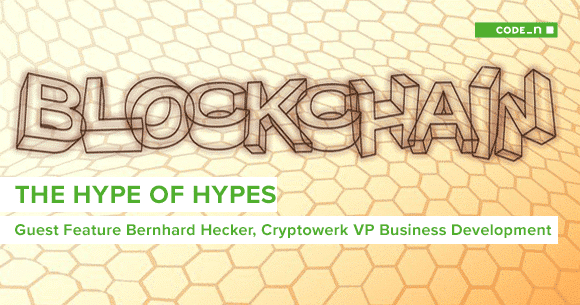
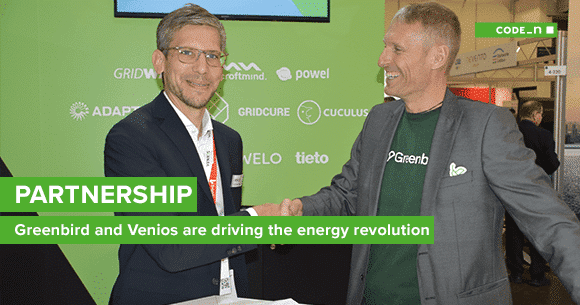
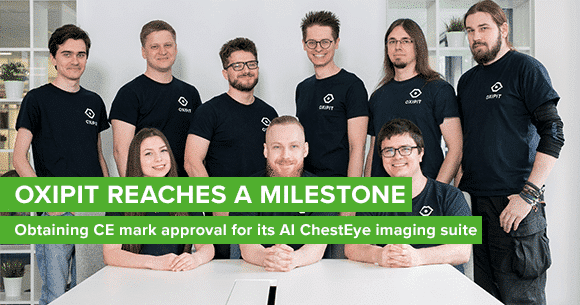
Comments